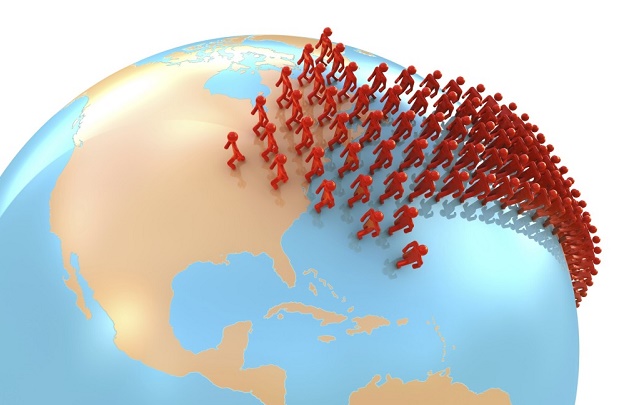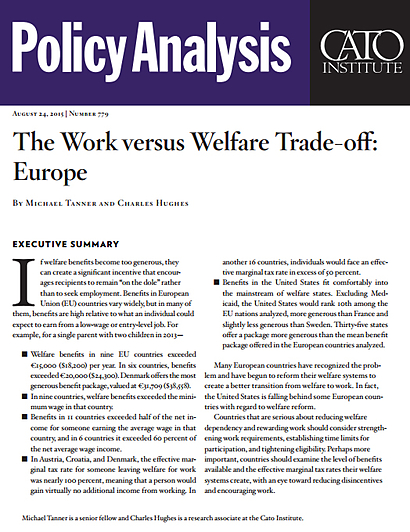ANALYSIS: Biden’s Vaccine Mandate Hurts Working Class America The Most

- President Joe Biden’s executive action requiring most U.S. workers to get vaccinated hurts working class Americans the most, according to polling and vaccination data.
- “Unfortunately, this disproportionately harms people of lower socioeconomic groups,” Jeffrey Singer, a health policy expert at the Cato Institute, told the Daily Caller News Foundation when asked about Biden’s vaccine mandate. “A significant number of people who don’t want to get vaccinated are mainly of lower socioeconomic status.”
- Just 66% of U.S. adults with less than a college degree have been vaccinated, significantly fewer than the 76% of total adults who have received a vaccination, according to a Sept. 10-13 Morning Consult poll.
President Joe Biden’s executive action requiring most U.S. workers to get vaccinated hurts working class Americans the most, according to polling and vaccination data.
Americans with lower levels of education are less likely to get and be more hesitant about COVID-19 vaccinations, according to survey data from the Census Bureau. Separate polling data showed that those Americans are also more likely to oppose vaccine mandates including Biden’s recent order requiring the jab for millions of workers.
“Unfortunately, this disproportionately harms people of lower socioeconomic groups,” Jeffrey Singer, a health policy expert at the Cato Institute, told the Daily Caller News Foundation when asked about Biden’s vaccine mandate. “A significant number of people who don’t want to get vaccinated are mainly of lower socioeconomic status.”
“At this point, I think it runs the risk of doing more harm than good,” Singer added.
Just 66% of U.S. adults with less than a college degree have been vaccinated, fewer than the 76% of total adults who have received a vaccination, according to a Sept. 10-13 Morning Consult poll. Meanwhile, 84% and 88% of adults with a bachelor’s degree and graduate degree respectively have been vaccinated.
About 11% of adults with some college education or an associate degree, 14% of adults with a high school diploma and 14.6% of those with less than a high school diploma reported being hesitant to get vaccinated, the Census Bureau Household Pulse Survey found. By comparison, 5% of those with at least a bachelor’s degree are hesitant.
Biden ordered the Department of Labor last week to issue a rule forcing businesses with 100 or more employees to mandate vaccinations at their workplace. The order, which applies to more than 81.1 million Americans, allows workers to choose to submit weekly tests to their employer instead of getting vaccinated.
The White House hasn’t clarified if private sector workers who choose not to be vaccinated will be expected to pay for the weekly tests. Some experts have predicted that employers will be allowed to choose whether to pay for the tests or not, The New York Times reported.
The Labor Department didn’t respond to multiple requests for comment on how weekly tests will be paid for.
RELATED ARTICLES:
Small Business Group To Sue Biden Over Vaccine Mandate
‘A Decision We Applaud’ — Big Business Endorses Biden’s Vaccine Mandate
Arizona Becomes First State To Sue Biden Over Vaccine Mandates
EDITORS NOTE: This The Daily Caller column is republished with permission. ©All rights reserved. Content created by The Daily Caller News Foundation is available without charge to any eligible news publisher that can provide a large audience. For licensing opportunities of our original content, please contact licensing@dailycallernewsfoundation.org.




